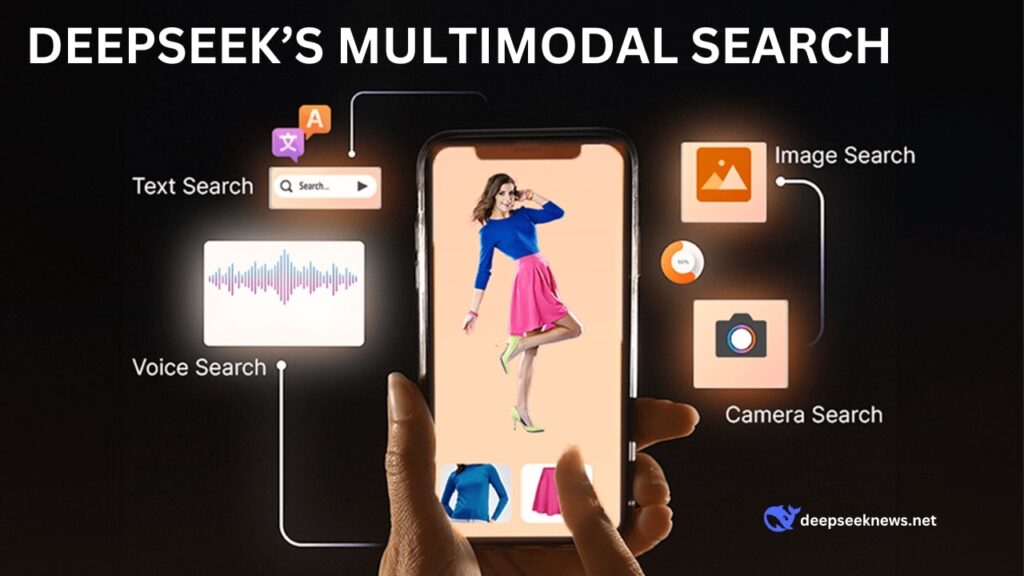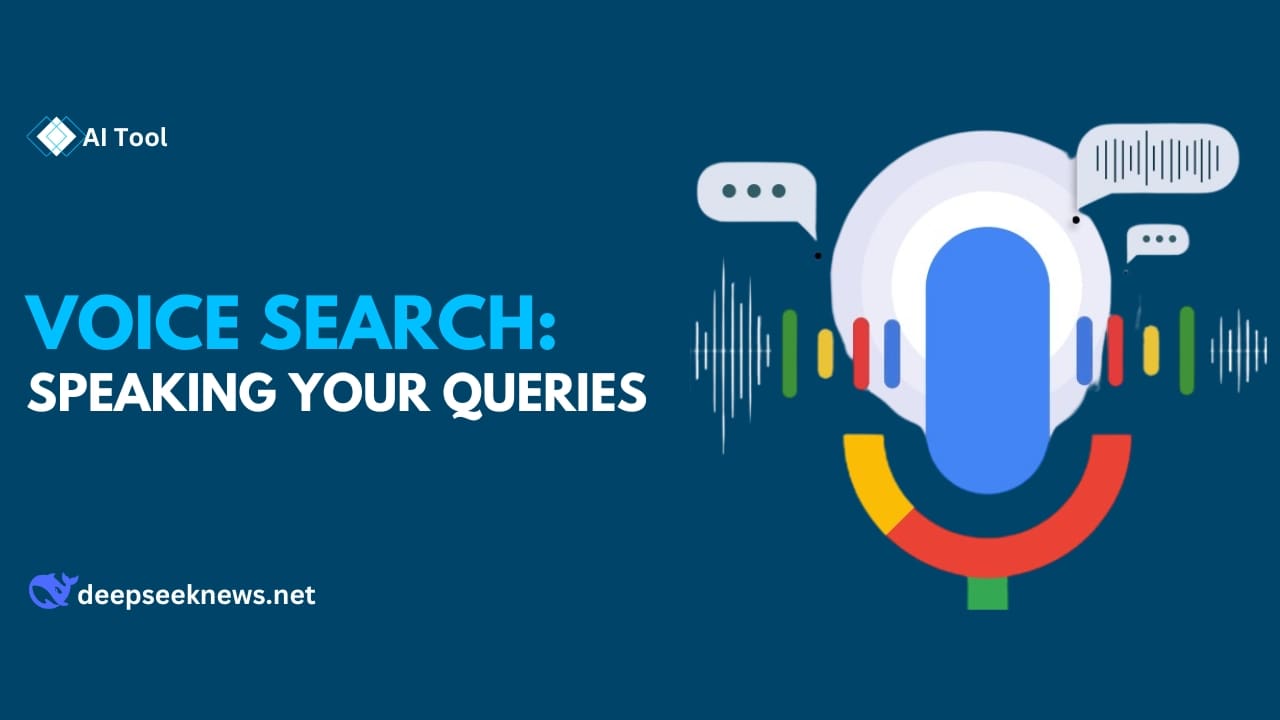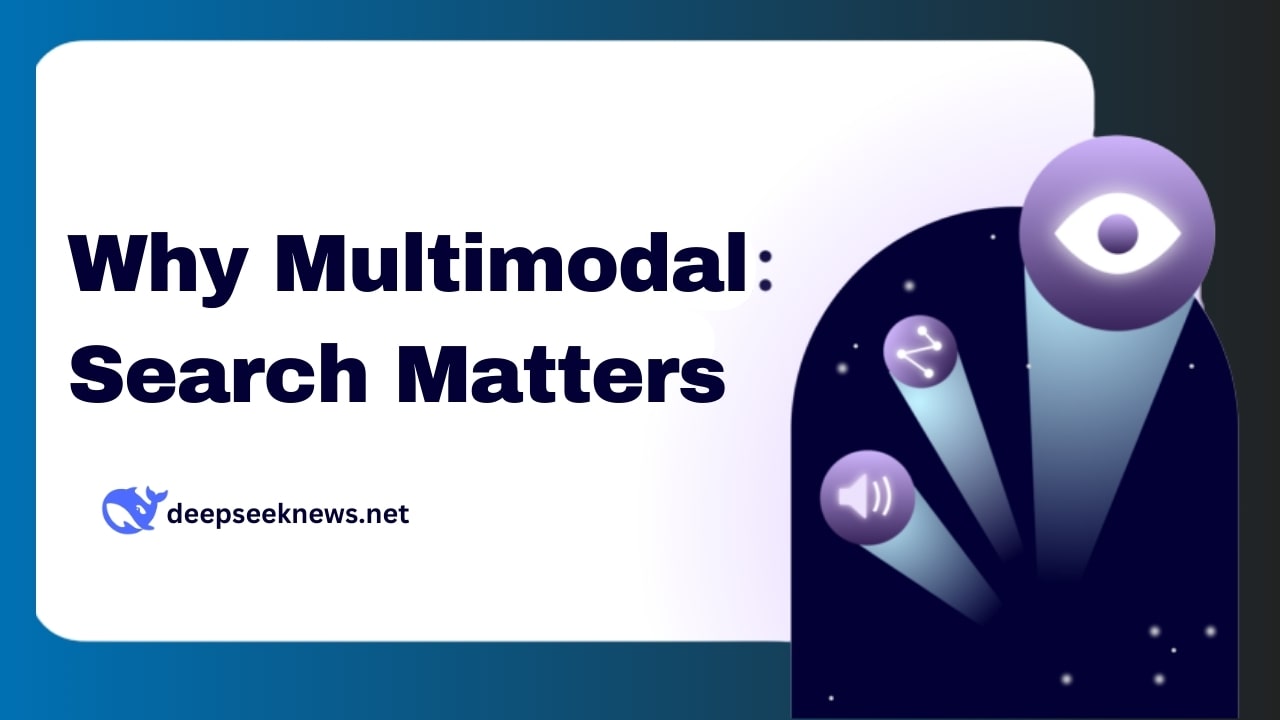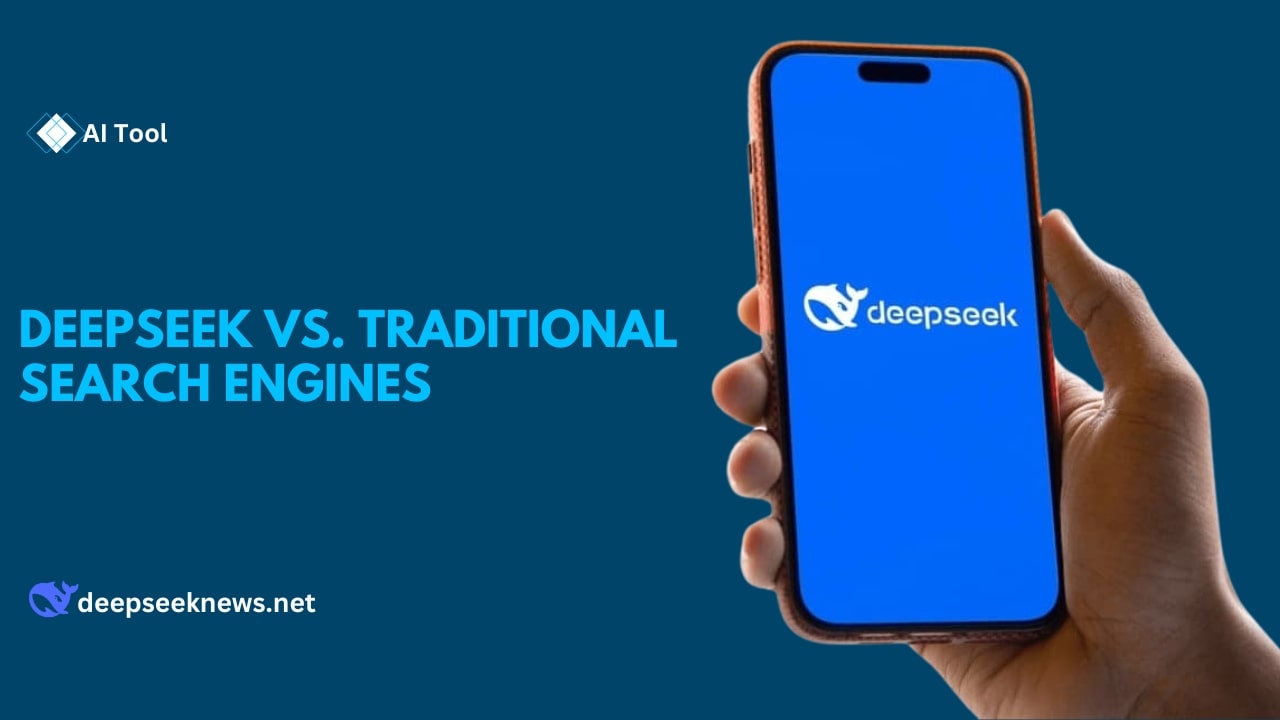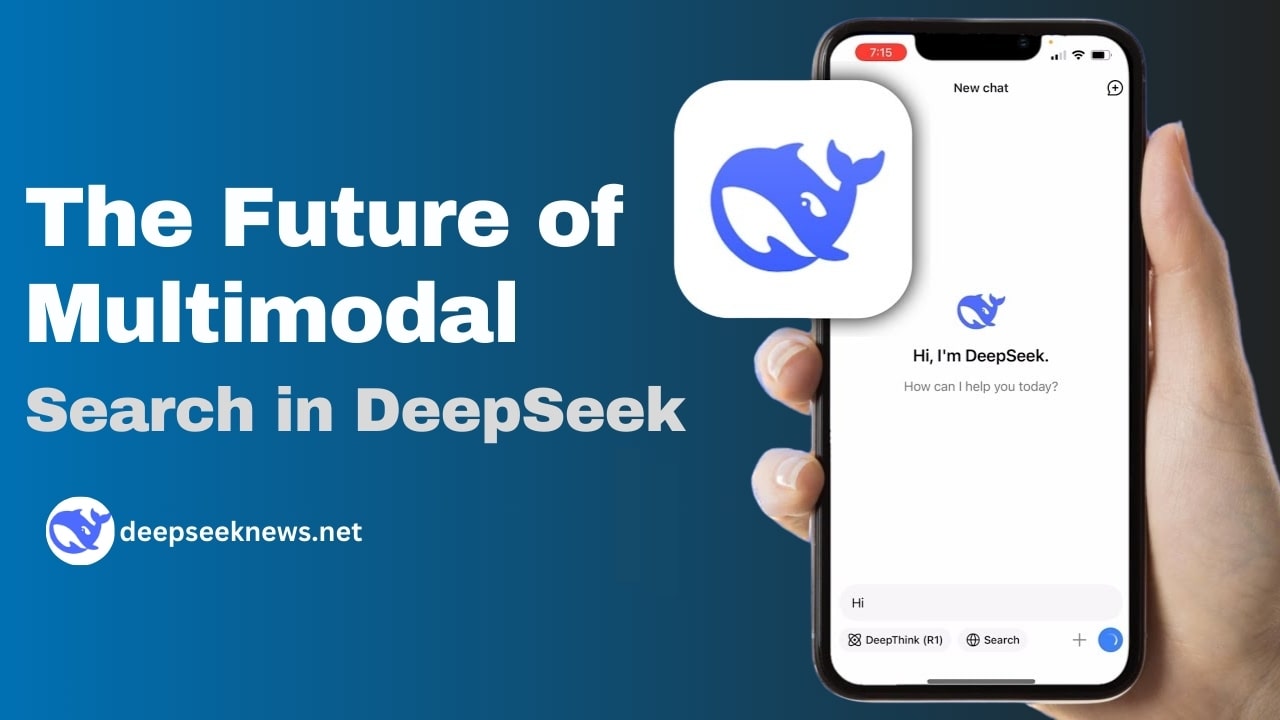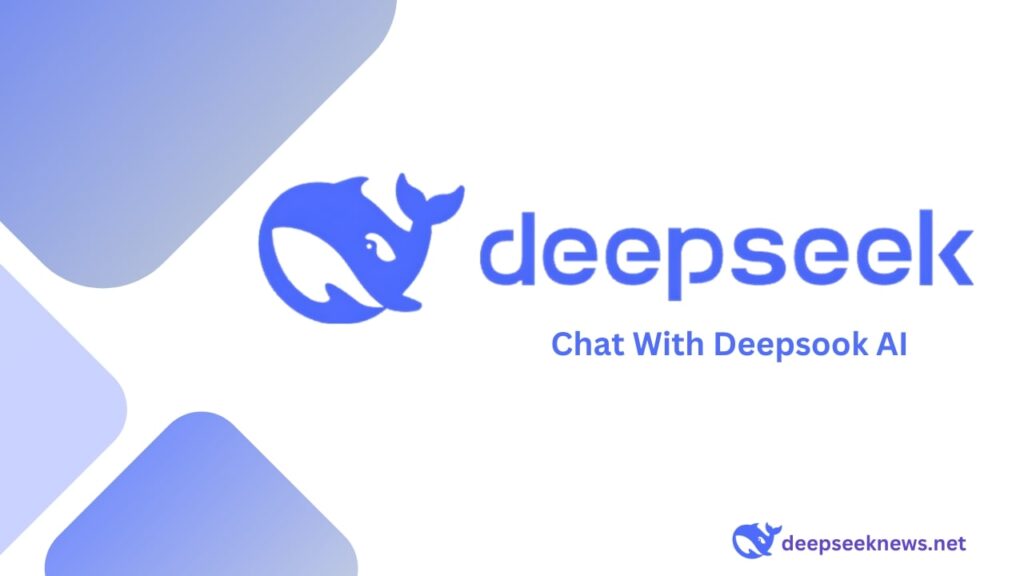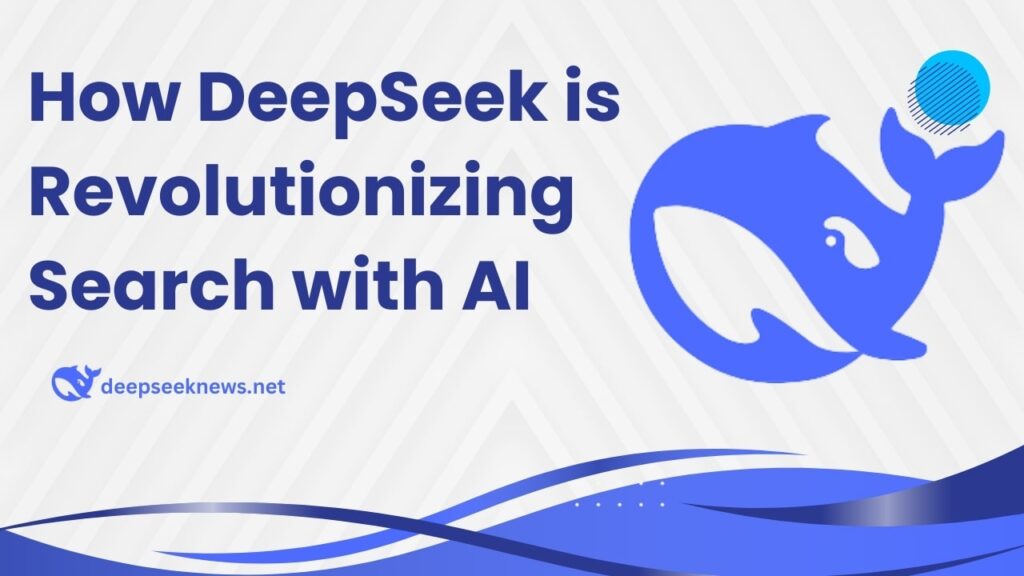In today’s fast-paced digital world, search engines are evolving to meet user demands. DeepSeek, an AI-powered search engine, is leading the charge with its multimodal search capabilities. By integrating text, voice, and image search, it offers a seamless and versatile search experience. Let’s explore how this works and why it matters.
What is Multimodal Search?
Multimodal search allows users to interact with search engines in multiple ways. Instead of relying solely on text, users can search using voice commands or images. This makes the process more intuitive and efficient.
DeepSeek’s AI advancements power its multimodal search with cutting-edge technologies, including natural language processing (NLP), speech recognition, and computer vision. These enable the system to understand and process different types of input.
Text Search: The Foundation
Text search is the most common way people interact with search engines. DeepSeek takes this a step further by using NLP to understand the context and intent behind queries.
For example, if you type, “What’s the best way to learn Spanish?” DeepSeek doesn’t just look for pages with those keywords. It understands that you’re looking for learning resources and provides tailored recommendations.
The advanced text search is also conversational. You can ask follow-up questions without repeating the context, making the search experience feel more natural.
Voice Search: Speaking Your Queries
Voice search is becoming increasingly popular, especially with the rise of smart devices. DeepSeek’s voice search feature allows users to speak their queries instead of typing them.
This is particularly useful in situations where typing is inconvenient. For example, while driving or cooking, you can simply ask, “What’s the weather today?” and get an instant response.
The voice search feature is powered by speech recognition technology, enabling accurate transcription of spoken words into text. Combined with natural language processing (NLP), it ensures that the search engine comprehends the query and provides relevant results.
Image Search: A Picture is Worth a Thousand Words
Image search is another powerful feature of DeepSeek. It allows users to upload or take a picture and search for related information. This is especially useful for identifying objects, landmarks, or even text within images.
For example, if you see a beautiful flower but don’t know its name, you can take a picture and upload it to DeepSeek. The search engine will analyze the image and provide information about the flower.
The image search is powered by advanced computer vision technology, allowing it to identify objects, patterns, and even text within images. The results are often more precise and detailed than conventional text-based searches.
Why Multimodal Search Matters
Multimodal search offers several benefits:
- Convenience
Users can choose the most convenient way to search based on their situation. Whether it’s typing, speaking, or uploading an image, DeepSeek adapts to the user’s needs. - Accessibility
Multimodal search makes the platform more accessible. People with disabilities or those who struggle with typing can use voice or image search to find information. - Efficiency
By understanding different types of input, DeepSeek delivers faster and more accurate results. This saves users time and effort. - Versatility
Multimodal search caters to a wide range of use cases. From academic research to everyday queries, this advanced system can handle it all.
DeepSeek vs. Traditional Search Engines
Traditional search engines like Google primarily rely on text-based searches. While they offer voice and image search features, these are often separate and less integrated.
DeepSeek’s comprehensive AI-powered search engine seamlessly integrates text, voice, and image search. This creates a more unified and user-friendly experience. For example, you can start with a voice search, follow up with a text query, and end with an image search—all within the same platform.
Challenges of Multimodal Search
While multimodal search offers many advantages, it also comes with challenges:
- Accuracy
Ensuring accurate results across different input types can be difficult. For example, speech recognition must account for accents and background noise. - Data Processing
Processing multiple types of input requires significant computational power. DeepSeek must balance speed and accuracy to deliver a smooth experience. - User Adoption
Not all users are familiar with multimodal search. Educating users and encouraging adoption is essential for success. - Chinese Censorship and Information Control
While DeepSeek’s AI offers significant advantages, its integration with Chinese data regulations raises questions about censorship and information access.
The Future of Multimodal Search in DeepSeek
As technology advances, DeepSeek’s multimodal search capabilities will continue to improve. Future developments could include:
- Enhanced Integration
AdvancedSearch could integrate text, voice, and image search even more seamlessly. For example, users could combine multiple input types in a single query. - Real-Time Translation
DeepSeek could use multimodal search to offer real-time translation. This would make it easier for users to search in different languages. - Augmented Reality (AR) Integration
This platform could incorporate AR into its image search. For example, pointing your phone at a landmark could provide instant information.
Conclusion
DeepSeek’s multimodal search is a game-changer in the world of search engines. By integrating text, voice, and image search, it offers a versatile and user-friendly experience. This makes it easier for users to find the information they need, no matter how they choose to search.
While challenges remain, the potential of multimodal search is immense. As technology evolves, this platform’s capabilities will only grow. This positions it as a strong competitor in the search engine market.
For users, this means faster, more accurate, and more convenient search results. DeepSeek’s multimodal search is not just a feature—it’s a step toward a more intuitive and human-like interaction with technology.

